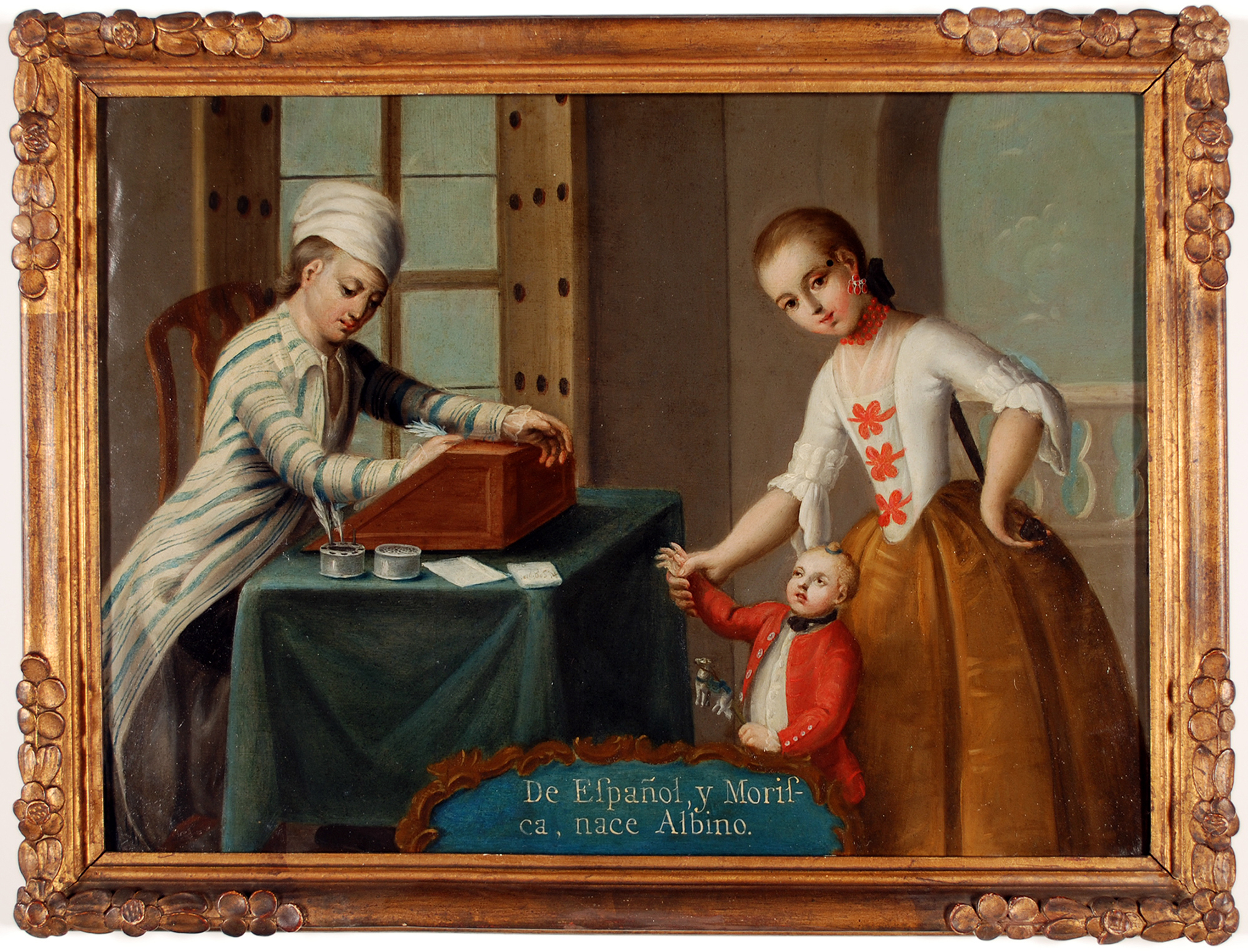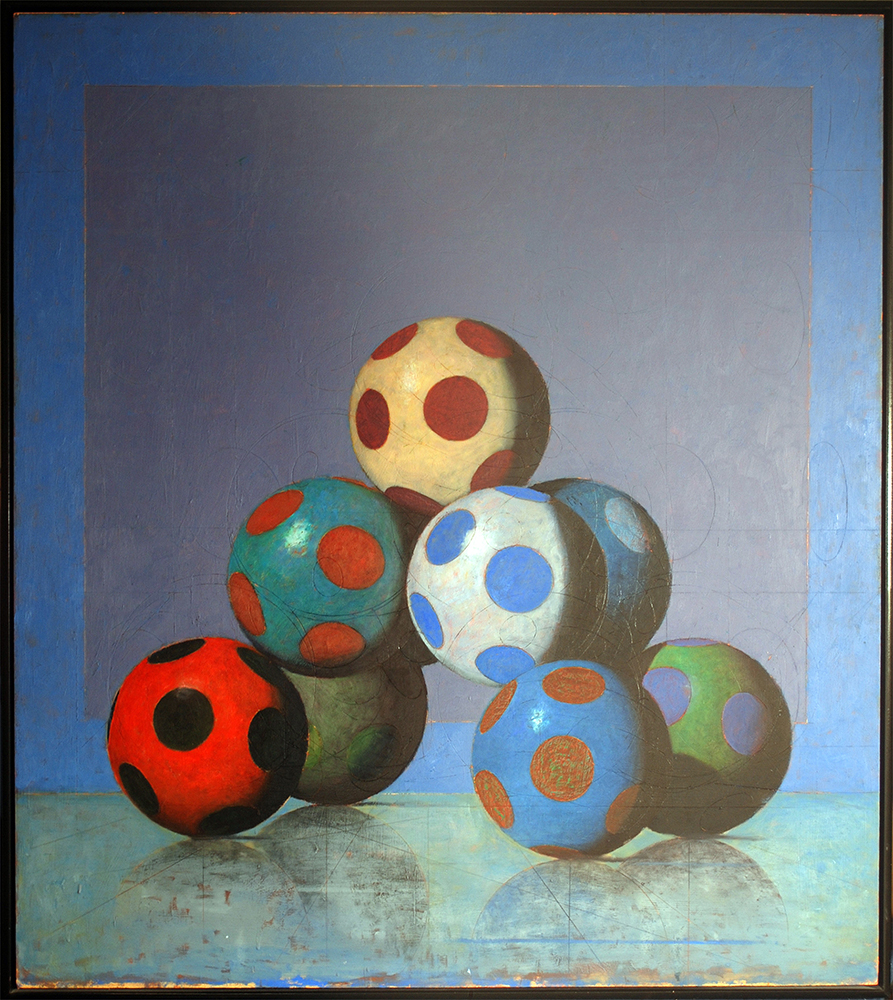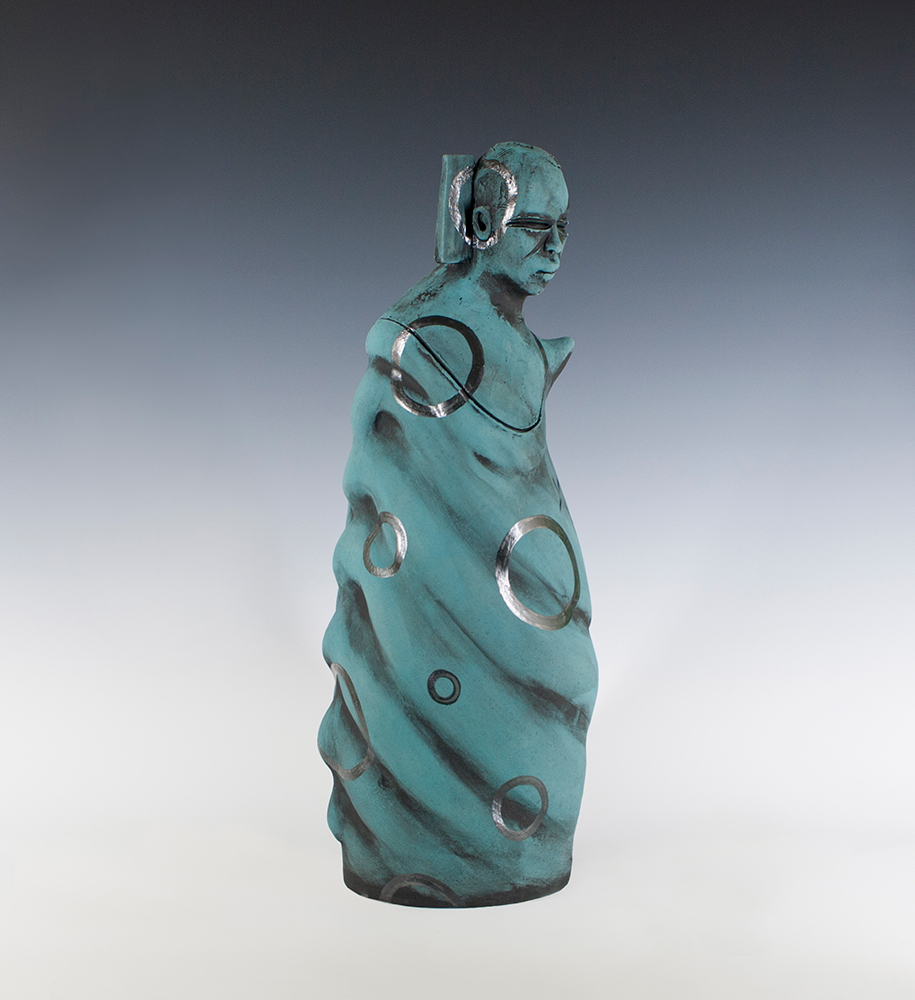
This recent acquisition is known as a casta painting, a unique art form developed in Mexico during the eighteenth century. The new genre pictorially documented the racial lineages that arose from unions between Amerindians, Spaniards, and Africans that occurred during the Spanish occupation of regions in Mexico, Central, and South America from 1492 to about 1820. Documenting a progression of racial combinations, such paintings typically appeared in sets of sixteen and included a man, woman, and one or two children in domestic or landscape settings featuring various professional trades, costumes, and the local food, flora, and fauna of the Americas. Textual inscriptions like mestizo, a term used to describe the offspring of a Spaniard and an indigenous inhabitant, demonstrate the eighteenth-century Enlightenment interest in scientific classification, in this instance a type of racial taxonomy. Though there is little known about the patrons of casta paintings, they were likely painted for Spaniards returning to Europe from the Americas.
The Ackland’s painting depicts a Spanish man and a Morisca woman (a person whose parents were Spanish and African) with their albino child, a result of the mother’s African heritage (as it was believed at the time). Writing implements and letters at the desk suggest the father is an “escribano,” a man who professionally wrote documents and letters for others, indicating a certain level of literacy and social standing. The woman dons a “chiqueador” at her temple, a cut piece of velvet that imitates a beauty mark, while her son grasps a toy horse. Though a realistic and intimate depiction of a father interrupted by his family, this “glimpse of colonial life” is constructed, a typology circulated among other artists working in the casta genre in the eighteenth century.
Our oil on copper painting belongs to a set of sixteen by Mexican artist Ignacio de Castro, ten of which can be found in the Musée du Quai Branly- Jacques Chirac in Paris and three in the Museum of Fine Arts Boston (acquired in 2015). The addition of a traditional casta painting, which illustrates the culturally and artistically diverse atmosphere of the Spanish Colonial period, launches our efforts to increase the Museum’s holdings in this area with two to three more key objects that will engage our students and visitors with artwork from this complex time in history.
— Dana Cowen, Sheldon Peck Curator for European and American Art before 1950
Image credit:
Ignacio de Castro, Mexican, active 1750-1800, From Spaniard and Morisca, an Albino is Born (De Español y Morisca nace Albino), from the series Castes of New Spain (Castas de Nueva España), c. 1775, oil on copper, 13 × 18 1/8 in. (33 × 46 cm). The Peck Collection, 2023.37.


